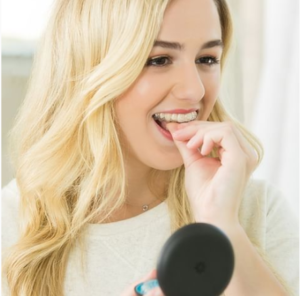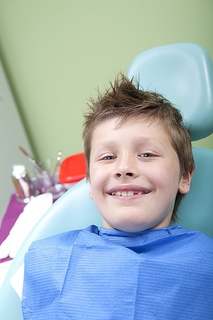During this unprecedented time of social distancing and quarantine you may be wondering what do about the Invisalign clear aligners you are wearing for your orthodontic treatment if you can’t see your orthodontist for regular appointments. Depending on how each orthodontist decides to manage this and how long this period of lockdown lasts, different approaches may be appropriate. However, it may be helpful to consider some of following until more normal appointments can be resumed.
Keep wearing your aligners as instructed. Many patients in aligners have several weeks and even months of aligners to wear and if worn properly, treatment can continue moving forward without any delays. Depending on how many aligners your orthodontist has given you, you may need to pick up more from your orthodontic office. If you are done with all of your aligners, your treatment MAY be complete or you may be ready for a revision scan for the purpose of creating additional aligners to finish your treatment. Until your orthodontist can see you in the office to assess this and take a scan of your teeth you may have to hold for a time in your last aligner. If this is the case, keep wearing your last set of aligners but consider wearing them only about 8-12 hours per day instead of the usual 22 hours. This will help extend the life of these aligners until you can be seen again. It is critical to continue to wear a set of aligners until more aligners can be delivered, otherwise your teeth WILL relapse, and significant delays in your treatment progress can occur. You should always keep the previous stage or two of aligners and if necessary go back to these until new ones can be made.
Keep your aligners clean and take good care of them. It goes without saying that you will want to continue practicing good oral hygiene including twice daily brushing and flossing, but cleaning the aligners themselves will help keep you and your teeth healthy. Bacteria and viruses will accumulate on the aligners. Brushing them with regular toothpaste for two minutes will usually suffice but additional soaking in an aligner cleaning product or even white vinegar can also help. As always, you should wash your hands before you handle your aligners but also after if you have had your fingers in your mouth to prevent the spread of germs. Take care when removing the aligners using good technique to avoid breaking them. In general it is best to start dislodging the aligners from the tongue side and carefully peeling the aligner off, trying flex it as little as possible.
Keep wearing your elastics. Some patients also wear elastics with their aligners and continuing to wear them as instructed will keep treatment moving forward. If you do run out of aligners before you can be seen and you need to move to 8-12 hours of aligner wear you will then need to wear your elastics the same amount of time.
Hopefully these tips will help keep you, your aligners and your teeth safe until it’s time to see your orthodontist again!




